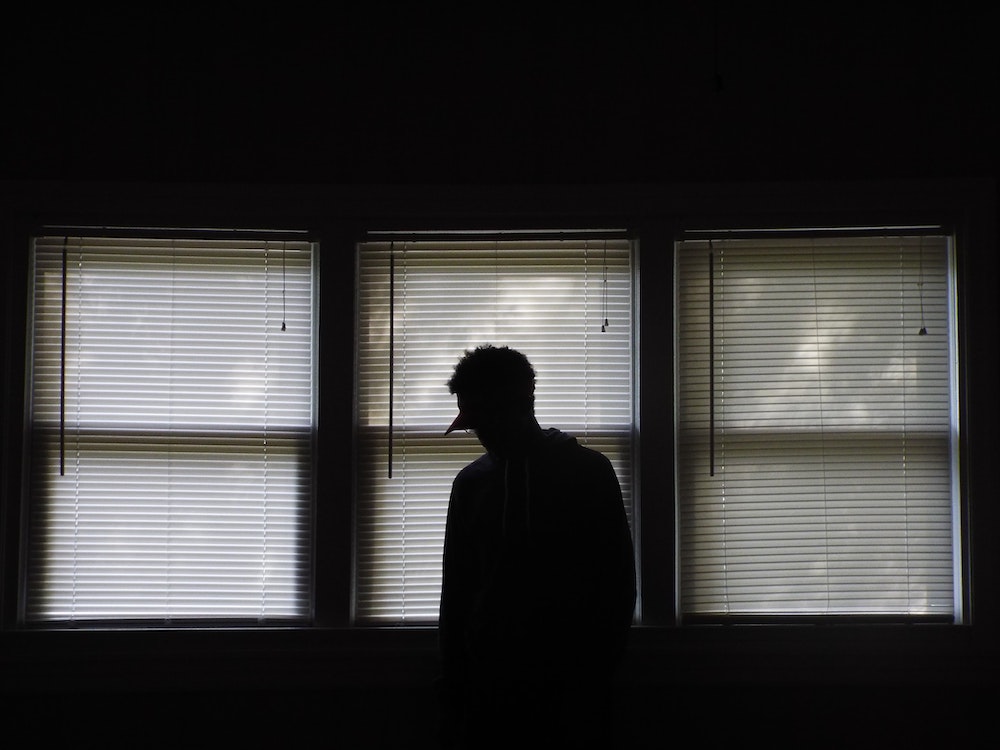We are living in tumultuous times, with escalations in COVID-19 infections occurring throughout much of the world. While the pandemic has affected all of our lives, it has had a disproportionate impact on economically- and socially-disadvantaged individuals. In the United States, communities of color have been hit the hardest. They have experienced the highest rates of infection, severe illness, hospitalization, and death. It seems evident that longstanding economic, social, and criminal justice inequities are responsible for both the greater infection rates, and the disparities in baseline health status and the delivery of health care that lead to poorer outcomes for these individuals.
The Pandemic’s Broader Impact on Health
Driven in part by the ongoing racial reckoning, these disparities in infection and their direct consequences have rightfully received considerable media attention. However, it is clear that the pandemic’s impact on health extends broadly beyond the direct effects of infection. Surveys of the general population have reported greater levels of depression, anxiety, and substance use. The recovery community has experienced increased levels of mental illness, substance use, relapse, and overdose death. These outcomes are also occurring disproportionately in communities of color.
Opioid Overdose Deaths
Large increases in opioid overdose deaths have recently been reported by medical examiners’ offices around the country. This is particularly alarming since it provides further evidence of movement away from recent improvement.
Deaths from opioid overdose in the U.S. had fallen in 2018 for the first time in 25 years. Reductions in deaths involving prescription opioids exceeded increases due to fentanyl and other synthetic opioids. By 2019, this encouraging trend had disappeared. Markedly higher numbers of fentanyl overdose deaths substantially surpassed mild decreases observed for prescription opioids and heroin.
During this spring’s initial phase of the pandemic, public health officials quickly recognized that the lockdown would dangerously impact dosing for individuals receiving medication-assisted therapy (MAT). Unfortunately, well-intentioned liberalization of limits on the numbers of buprenorphine and methadone doses that may be dispensed have not been successful in preventing overdose deaths.
Factors Increasing Opioid Overdose Deaths
A better understanding of the factors contributing to the large increases in opioid overdose deaths will require additional time and research. Current thinking in the field has implicated greater levels of using alone, reset tolerance, stress, and unstructured time. Additional factors include reduced access to support groups, peer counselors, and therapists. Even well-intentioned steps taken to limit COVID-19 infections may have led to greater numbers of overdose deaths. For example, earlier releases from incarceration, when not combined with adequate harm reduction approaches (referrals for MAT), could lead to overdose deaths.
Disparities in Treatment
Previous research has documented substantial longstanding disparities in the treatment of opioid use disorder in people of color. This doubtlessly impacts their soaring rates of opioid overdose deaths. Black people are no more likely to misuse opioids than individuals of other racial or ethnic backgrounds. Those with a history of opioid misuse have no greater risk of opioid use disorder. However, black people with opioid use disorder have low rates of receiving treatment. Those in treatment are much less likely to receive MAT. Pregnant black women with opioid use disorder are also much less likely to get MAT. It is well-known that black people in the U.S. have higher rates of incarceration. But it is important to recognize that they also are less likely to be included in diversion programs.
It is thus highly likely that the extreme spike (e.g., >60% in the St. Louis area) in overdose deaths among black Americans is the result of the overlay of current circumstances and preexisting severe, disparities in opioid use disorder treatment. When the COVID-19 pandemic comes under greater control and attention becomes focused again on the opioid epidemic, it will be incredibly important to address these disparities.
Harm Reduction Measures
Until this occurs, it is imperative for those with opioid use disorder and their families to remember that MAT definitely improves outcomes and reduces the risk of overdose and death. Other important harm reduction measures include keeping naloxone available and never using alone. The support provided by In The Rooms and peer counselors are incredibly important to combat the feelings of isolation and depression experienced by many individuals with opioid use disorder and exacerbated by the unique challenges of our current COVID-19 era. No one should have to experience this severe illness alone.







1 Comment
Do you have any factual evidence about what you’re writing in this article? When you’re drawing conclusions of what opioid addiction is doing to these people did it occur to you there was something bigger at play. I know it is hard to see through all the bullshit but the covid is completely being blown out of proportion and used as a tool to control the population. It is being used as a political and and invisible weapon against human beings. I am not saying there’s not something out there and that people aren’t dying. Let’s just make that clear. I’m sure being a doctor you know who manufactures the most opioid drugs in the United States of America? Then there
Are doctors that have been forced to put restrictions on people who are truly suffering from pain and can’t get pain medication because there is an addiction problem. There have been studies conducted showing changing the way they do things in response to addiction helps people seek help easier. The United States government thinks they need to control everyone and have their nose in everybody’s business because we live in a free country headed straight for socialism. I don’t honestly believe that people of color want to be identified separately in this article. It’s you pointing out ideas like this that separate people into groups. Makes people believe that they are separated bye their color. We are all people. We are all human beings and we all live together. If you want to blame somebody figure out who really is to blame and go from there. I’m sure the people who are dealing with addictions would really like the truth. Been there done that. I believe there is factual information not just an opinions that point to other reasons. I’m sorry if I sound sharp, I am a very passionate and blunt person. I realize that you’re a doctor of psychiatry but as a doctor of psychiatry you should realize that the brain is a massive organ that has unlimited possibilities. You shouldn’t just stop at what the FDA tells you to stop at because that’s not helping real people that are struggling in this world. All it’s doing is putting a Band-Aid on symptoms. Then again maybe that’s what they want. That’s what you should be writing an article about.